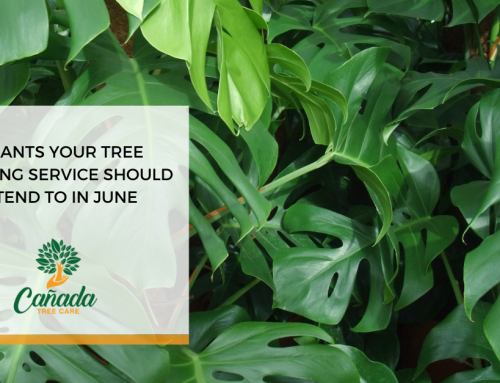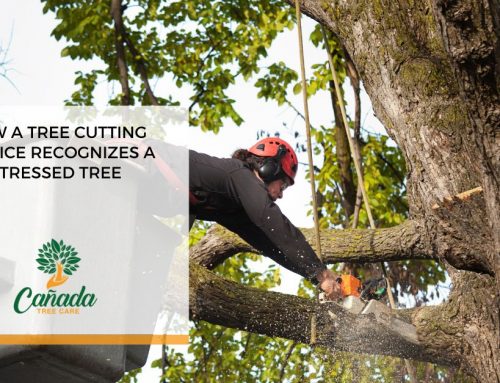One of the simplest pleasures of being a homeowner with a comfortable income is being able to hire professionals to carry out all of the essential maintenance around the property that you don’t feel you can handle yourself. After all, we are not all keen DIYers! Gardening is an area that some people do not feel confident in carrying out for themselves, but even if you do decide to hire a tree-cutting service, it is still a good idea to have a simple grasp of the basics. With this in mind, here are some of the most common terms and types of tree pruning.
The Main Types of Tree Pruning a Tree Cutting Service Offers
The tree crown is located at the top of the tree and is the most usual area for pruning.
Crown Thinning
Crown thinning is the process that translates into the removal of a portion of smaller/tertiary branches, usually the branches that are present on the outer crown. Doing this helps to produce a more uniform density around the tree, with a more evenly spaced branch structure. It is worth noting that crown thinning does not change the size or shape of the tree. A crown thinning should never exceed more than 30% of the total mass of the tree. The most common reasons for crown thinning include allowing more light to pass through the tree, reducing wind resistance, and reducing overall weight.
Crown Lifting or Raising
Crown lifting or raising is the term for removing the lowest branches of the tree. Performing crown lifting on older, more mature trees should be avoided or restricted to only the secondary branches, in order to preserve the remaining strength and structure of the tree. Crown lifting is a really effective way to increase light transmission to areas close to the tree, and to enable better access to the underside of the crown. It should always be restricted to less than 15% of the live crown height.

Crown Reduction
A crown reduction is a more comprehensive reduction in both the height and the spread of the tree’s crown. This is usually performed in order to reduce the mechanical stress on the individual branches of the tree, but it can also be done to make the tree more aesthetically suited to its environment or to reduce the effects of the shading and light loss that might be occurring. The final result should always be to retain the main frame of the crown, meaning an even distribution of removal across the tree. Crown reduction cuts should be as minimal as possible, in general not exceeding 100 mm in diameter unless there is a distinct problem.
So, if you are on the hunt for a great tree cutting service in your area, then look no further than Cañada Tree Care. We specialize in all of the various types of pruning mentioned above, as well as much more. Feel free to get in touch with a member of our experienced team and they will be happy to answer any questions that you might have. We look forward to hearing from you.






Leave A Comment